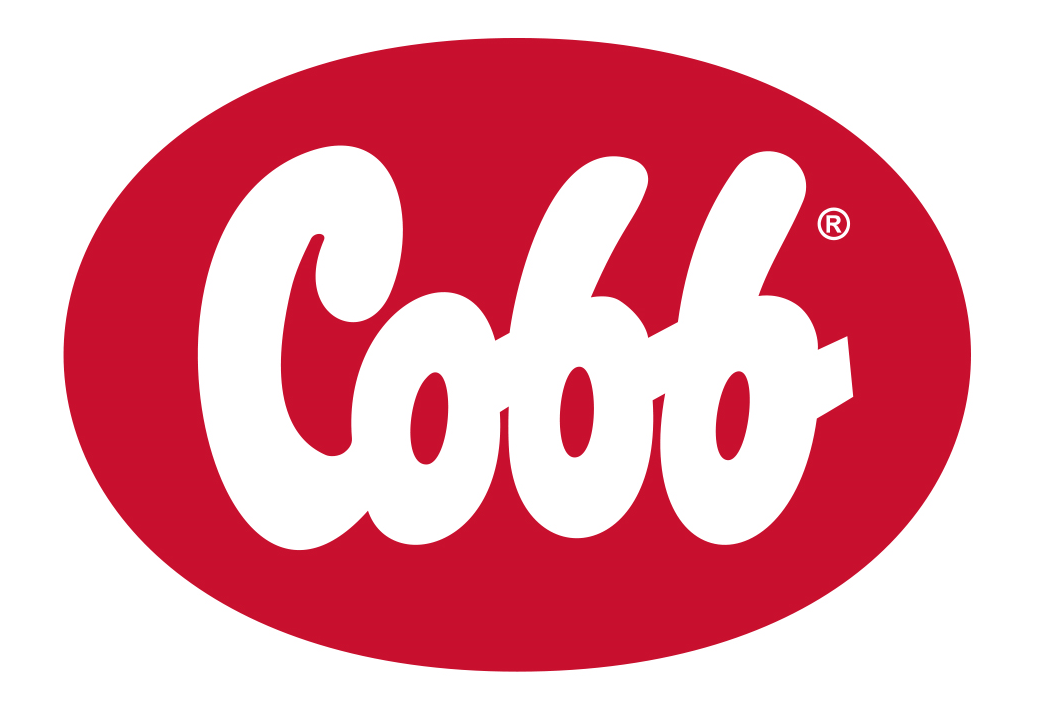



Nutrition for egg production and eggshell quality
The main nutrients for egg productionEgg production is an important parameter for broiler breeders and it is an important indicator of success. Besides farm management, nutritional factors also impact egg production and egg size. Insufficient nutrients are one factor that can influence egg production and eggshell quality. There are many types of related nutrients for egg production, egg size and eggshell quality. This article aims to focus on the main nutrients for these parameters.
Egg production cycle
The formation of an egg takes around 25 hours starting from the ovaries, passing through the infundibulum, magnum, isthmus, uterus and ending at the cloaca of the breeder hen (see Table 1). Each part has a different process and duration for egg production. For example, albumen secretion at the magnum requires around 3 hours whereas shell formation which is processed in the shell gland and takes around 21 hours.
Table 1. Egg development time and formation activity while traveling through the oviduct.
Location |
Action |
Time in location (hours) |
Normal length cm (in) |
Infundibulum |
Ovum fertilized |
0.25 |
2 (5) |
Magnum |
Albumen is collected |
3 |
33 (13) |
Isthmus |
Inner and outer shell membranes are established |
1.25 |
4 (10) |
Uterus |
Shell and cuticle pigment are added |
20.75 |
4.2 (10.5) |
Vagina |
Passes through to cloaca |
<0.25 |
4 (10) |
(Table courtesy of Philip Clauer, Penn State University, available at: https://extension.psu.edu/hen-...)
The importance of pullet condition on egg production
Pullets should be in the proper condition particularly body weight, fleshing score and fat reserve. They should get enough amino acids to develop breast muscle. Over or under-amino acid intake can impact breast muscle, body fat and body weight which, in turn, influences egg production performance. Energy and linoleic acid are also important for developing fat reserves necessary for body function and reducing stress during photostimulation.
Main nutrients for egg production
Amino acids
Amino acids are used to build breast muscle in rearing, but dietary amino acids particularly lysine and methionine in the breeder feed also impact egg production and egg size. Digestible lysine should be between 0.60 to 0.65 % in the breeder 1 feed and 0.58 to 0.63 % in the breeder 2 feed. The ratio of digestible methionine and cysteine per lysine (Dig M+C/Dig Lys) should be maintained between 90 to 95 % or it can be increased more to enhance egg size. The levels of amino acids in the diet should be adjusted considering the impact of nutrient matrix, ingredient quality, and breeder performance. Furthermore, the balance between dietary amino acids and energy must be considered.
Vitamin D3
Vitamin D3 is a fat-soluble vitamin that is involved in calcium and phosphorous absorption. Egg production, hatchability and egg weight are also related to vitamin D3 in the diet. Insufficient dietary vitamin D3 can reduce hatchability, egg weight, egg production and increase embryo mortality. In general, the recommendation of vitamin D3 in the breeder feed is between 3500 to 5000 KIU/kg feed. Other factors can reduce the efficiency of vitamin 3 in the feed such as mycotoxin and environmental temperature. Mycotoxins can cause liver and kidney issues that can impact vitamin D3 metabolism resulting in the impairment of calcium and phosphorous homeostasis.
Calcium
Eggshell contains calcium around 97 % in the form of calcium carbonate. Calcium is the macro mineral in layer feeds in addition to phosphorous, potassium, sodium and chloride. Calcium is an important mineral for skeletal development and eggshell quality. In general, calcium content in broiler breeder feed is around 3.0 to 3.5 % in the production period. The source of calcium that is widely used in the feed includes limestone, calcium carbonate and oyster shell which contains around 33 to 38 % calcium. Moreover, calcium from rock phosphate can also provide phosphorous in the feed such as monocalcium phosphate (MCP) and dicalcium phosphate (DCP) which contains around 16 to 23 % calcium. The size and source of the calcium also impact its solubility. The larger particle size has less surface area when compared to the smaller particle size and will be slowly released into the digestive system. As a result, coarse limestone can improve the eggshell quality. However, the application of coarse limestone may impact the pellet quality and feed mill production efficiency as well.
Trace minerals
Zinc (Zn), Manganese (Mn), and Copper (Cu) are trace minerals but are very important for the birds. It has been reported that these 3 minerals play important roles in egg production, eggshell quality, hatchability and chick weight in broiler breeders. Insufficient intake of these 3 minerals can reduce eggshell thickness and egg production. The recommendation of Zn in the feed for broiler breeders is 100 to 120 mg/kg feed, Mn is 100 to 120 mg/kg feed and Cu is 10 to 15 mg/kg feed. There are 2 main types of mineral supplements in the diet, inorganic and organic forms, with organic minerals being used better than inorganic minerals.
Other related factors
Heat stress
The body temperature of a broiler breeder is around 40 °C and the optimum temperature for a broiler breeder is between 20 to 26 °C. Above normal body temperature can impact egg production, egg size and eggshell quality. Hens must use energy to reduce their body temperature by eliminating heat through panting. This reduces the energy available for egg production. Second, panting to eliminate heat from the body can cause blood alkalosis causing reduced blood ionised. Heat stress can impair nutrient usage reducing their availability for egg production. Furthermore, heat stress can reduce feed intake and consequently impact nutrient intake.
Heat stress management is very important to maintain egg production and egg quality. Nutrition and feed formulation can help alleviate the effects of heat stress. For example, the heat increment can be reduced by partially changing energy sources from carbohydrates to lipids. In addition, maintain electrolyte balance (200 to 250 meq/kg diets) during heat stress with sodium, chloride and potassium levels in the diet. Nutrient usage can also be enhanced by using enzymes and selecting easily digestible ingredients.
Energy
Energy, generated from protein, carbohydrates and lipids in the diets, is impacted by the environment and breeder hens’ condition. Temperatures that deviate the optimum will require energy to generate or eliminate heat. Moreover, insufficient energy intake can reduce body fat and, in turn, decrease egg production.
In summary, nutrition has a direct impact on egg production, eggshell quality, hatchability and egg size. However, farm management, feed quality and bird health are also important for good performance and egg quality.
Table 2. The summary table of related nutrients for egg production and eggshell quality.
Egg production parameter |
Related nutrients and factors |
Egg numbers |
Amino acids, energy, vitamin D3 |
Eggshell |
Calcium, phosphorous, Zinc, Manganese, Copper and vitamin D3 |
Hatchability |
Vitamin D3 and Zinc |
Egg size |
Amino acids and heat stress |










